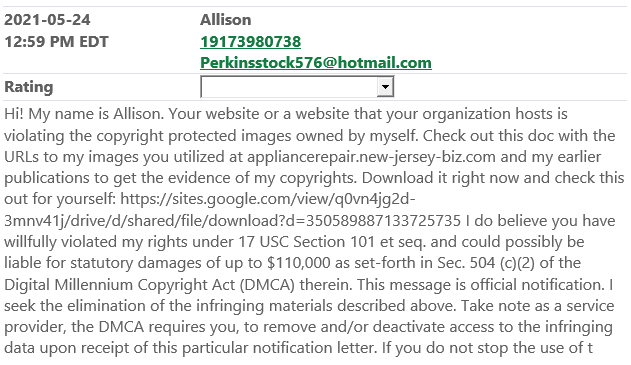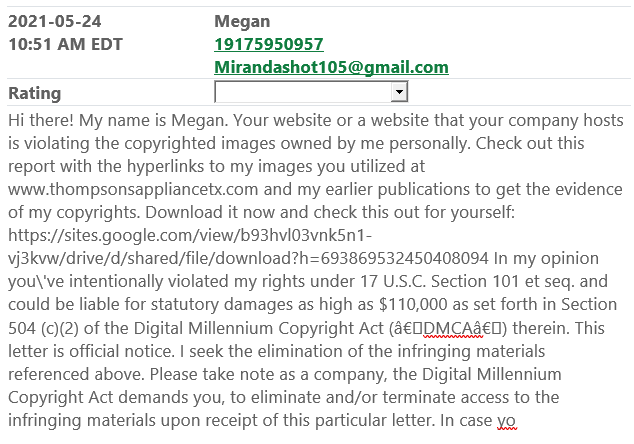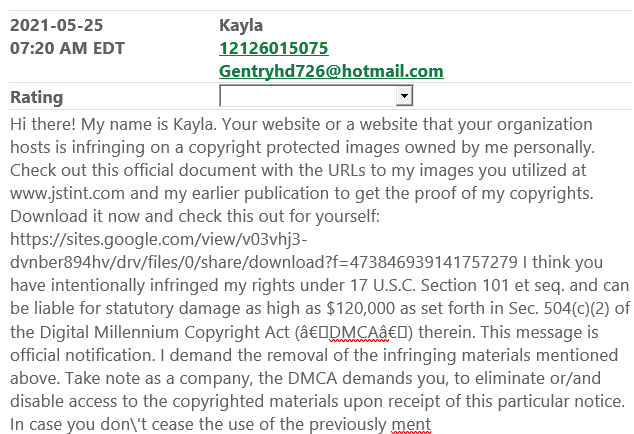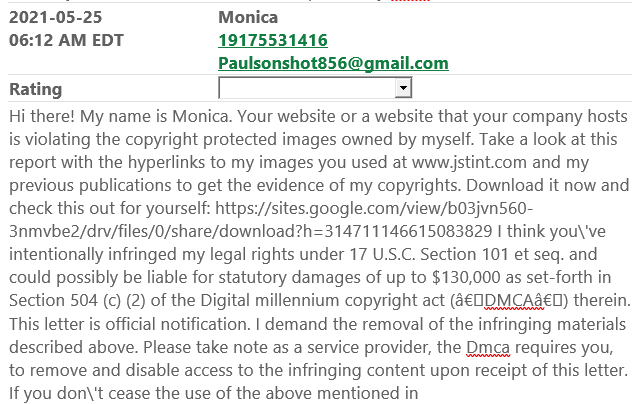When tech companies lay off workers, end users also pay the price. What will a reduced tech workforce mean for your Google Business Profile?
Downward Trends in Tech Jobs
Technology is an ever-increasing part of our lives, but that boom in usage is not always mirrored within the tech industry itself. In late 2022 there were mass layoffs across companies large and small, including tech behemoths Google and Amazon. Experts project that significant layoffs will continue into 2023 as companies readjust and reorient post-pandemic.

The Continuing Digital Age
Even as tech companies downsize, the demand for their services is only increasing. We live in a digital age and, as any business owner will tell you, having a strong online presence is critical for survival.
For example, most businesses, regardless of size, benefit from having a Google Business Profile (GBP). This profile communicates essential information—such as your address, hours, and contact information—across Google products including Maps and Search.
Having an active—and accurate—GBP can mean the difference between keeping the lights on and shutting the doors for good, as this is a key way that companies attract and communicate with customers. As Google downsizes, what does that mean for businesses that rely on the GBP platform?

Reduced Workforce, Reduced Responsiveness
There have been a number of issues with the GBP platform in recent months, from unwarranted account suspensions to inaccurate auto-updates to business information. While these may not be directly connected to the recent layoffs at Google, the long wait times to resolve the issues likely do. It comes down to basic supply and demand—there’s a high demand for customer support and Google may not have the workers they need to provide it.
As the tech industry continues to downsize in 2023, GBP users could be in for more trouble in the form of bugs, unjust profile suspensions, long wait times, and more. Ideally, Google and the rest of the field will find the right balance of employees to services, but it may be a painful journey for consumers along the way.
If you’re dealing with a suspended Google Business Profile or a lack of response from Google, the team at Prospect Genius can help. We have over 10 years of experience helping clients restore their GBP and have a 95% success rate reinstating suspended profiles. Don’t let long wait times and unresponsive representatives bog you down—call Prospect Genius today and get your Google Business Profile back where it should be.











